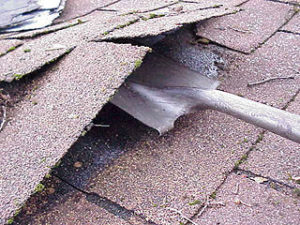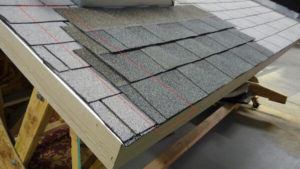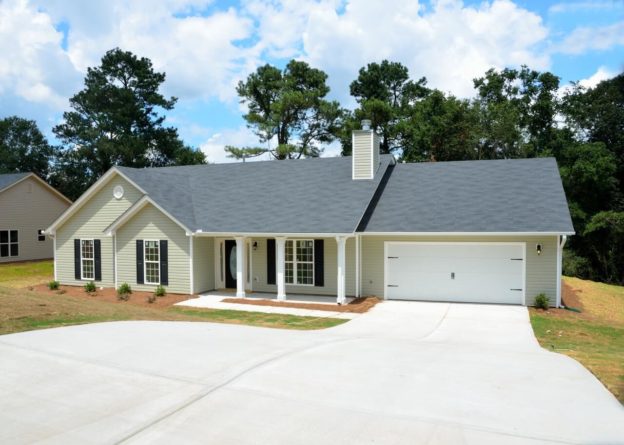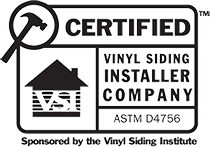Your roof’s getting old. It’s a problem many of us have faced before. The problem is – you don’t really know what to do about it. Don’t worry, you’re in the right place. We’re going to look at two of the most common options when looking for a new roof, and really drill down on the pros and cons of each of them.
If you’re asking yourself the question: do I really need a new roof? Then you probably do. Yes, It’s a big cost, and yes – it might have a few more years in it. But it’s going to need doing eventually. Your roof might not seem like it – but it’s an important part of your home. It withstands the most pressure from weather conditions and it protects the rest of your house. It’s important, it just might not seem like it as it’s something you haven’t thought about for a while.
So if you’ve decided to get it done – what’s next?
If you’ve heard a few experts or people you know refer to “tear off” or “overlay” as options for your new roof – you might have been left slightly confused. What do these options really mean? Let’s have a look.
Tear Off vs Overlay – What’s the differences?
Tear off

The Tear off method is self explanatory – your roofing company will tear off the existing roof and replace it with a new one. It’s the most established way of installing a new roof – but it’s not the only way.
Overlay

With an overlay roof, you actually keep your existing roof in place and put another one on top of it. The new roof will normally be a layer of shingle, spread on top of your existing roof. One important thing to remember: you can only really overlay a roof once. You can’t lay another layer of shingle onto an already overlaid roof.
Let’s have a look at the pros and cons of each type of roof in a little more detail…
Tear off roof advantages
- Firstly, your roof will be as good as new with the tear off method – and this is probably the most important point. Any leaks or damage on your old roof will be completely fixed as you’ll have a brand new roof in place – as opposed to overlaying which sometimes just papers over the cracks. This also means you can get the best quality and most innovative new roof designs if you choose.
- Roofers get to have a better look at your roof and fix any problematic areas when tearing off, so the overall finish should be much, much better. This ensures a higher quality finish – and one that should keep watertight and in good condition for many years.
- That’s another important point – new roofs that have been put in place after tears off an old one will normally last much longer, too. One of the reasons why your roof will last longer this way is that a brand new roof traps much less heat than an overlaid one – and extra heat can often cause shingles to break down more easily.
- Your new roof could also add value to your home. You might balk at the reasonably high cost of tearing off and getting a brand new roof – but many people forget how much it could actually add to the value of their home. A brand new roof is a major selling point, and means potential buyers won’t have to worry about replacing it for years to come.
Tear off roof drawbacks
- While the tear off method does have a number of advantages, there are also some drawbacks.
- The most obvious one is cost. Tearing off and installing a completely new roof can be expensive, especially compared to overlaying on an existing roof. While the finish may be better, it’s often one of the main reasons people look for alternatives.
- If you’re concerned about how quickly the job can be done, this could also be another drawback. This type of installation is a longer process than simply overlaying. However, a quality roofing company should still be able to get it done within good time.
Overlay roof advantages
- If you’re not sure that the tear off method is for you (or you can’t afford it) – don’t worry. Overlaying could be for you. Let’s have a look at some of the pros associated with this method…
- The number one reason people choose to overlay existing roofs is cost. As you’ve already seen, tearing off might give you a high-quality finish – but it’s also expensive. And it’s often a cost many people aren’t willing to pay. If you’re one of them, you can still get a good quality finish with a firm that’s experiences in overlaying, at a fraction of the cost.
- It’s also quicker – and this is another key benefit. It’s probably obvious that putting a layer of shingle on an existing roof is going to take less time than tearing off the whole roof and installing a new one. If speed is important to you – overlaying might be the right choice.
Overlay roof drawbacks
- While overlaying is cheaper and faster – your roof won’t last as long if done this way. That could mean having to address the problem again in a few years – or much sooner than if you tore the old roof off. As we already mentioned, you can’t overlay a roof again. That means next time, tearing off will be your only choice. And next time will be much sooner if you chose the overlay method this time.
- Overlaying also adds weight to your roof. That means this method isn’t possible in some older constructions or if your building isn’t structurally sound. Some homeowners also think that overlaying doesn’t look at good when compared to having a completely new roof. This might not be a concern for you, but it is for some.
- There are also a few other disadvantages with overlaying. You can’t track leaks like you can with a new roof, and it’s also harder to check the overall condition of the roof (and troubleshoot any problems) like you can when you tear off. This could lead to more roofing issues further down the line. While tearing off and adding a new roof could improve the value of your home – overlaying might actually cause it to go down because of the issues we’ve looked at.
Which is better?
As you can probably guess by now – tearing off has to be the right choice. Not only does it look better and last longer, it also adds value to your home. There are too many issues associated with overlaying to make it the recommended choice. However, if you’re looking for a cheap and quick options and aren’t concerned about the other drawbacks, overlaying is still an acceptable choice.












